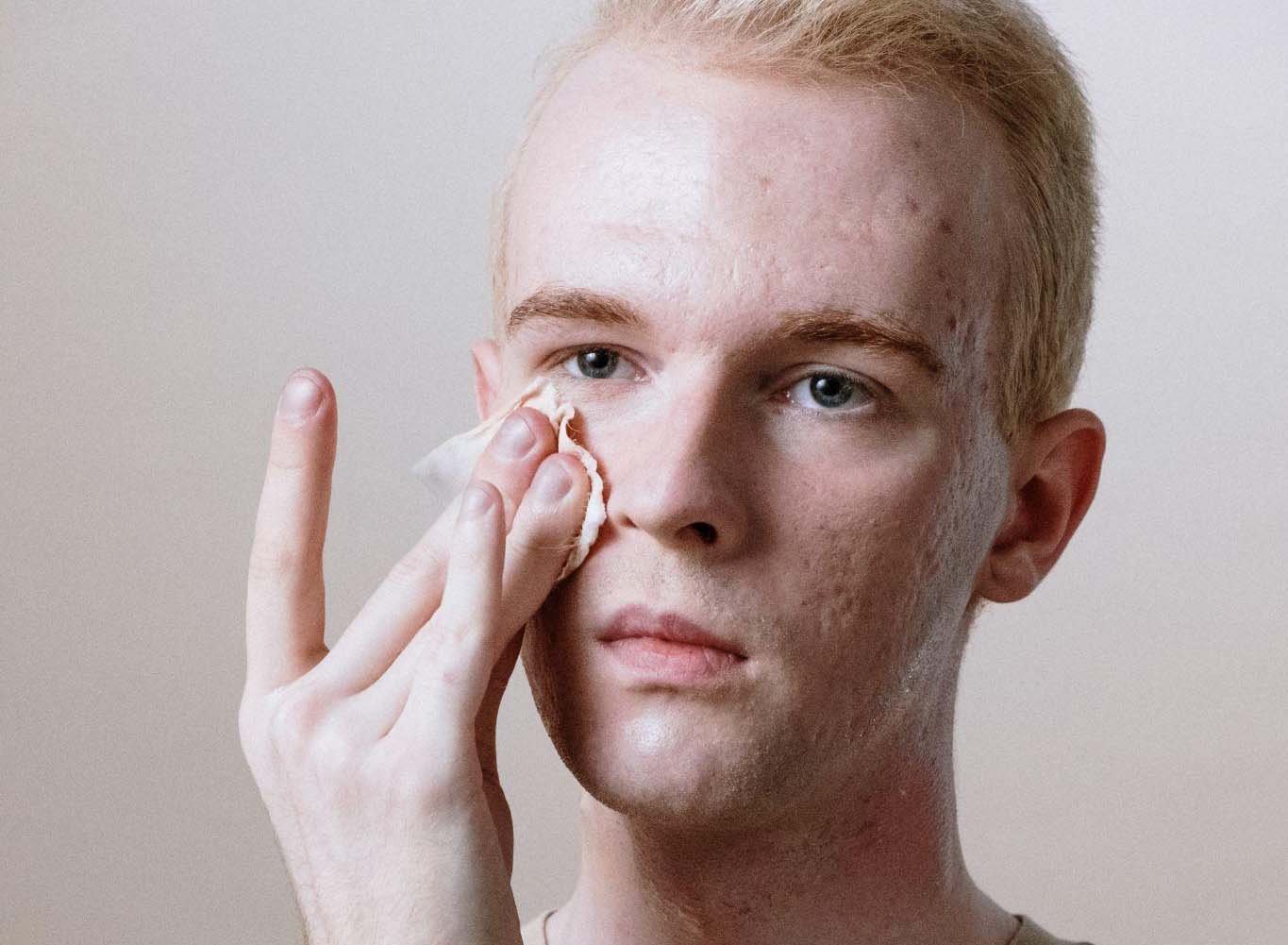Scars. Nobody likes them. They are nothing more than a reminder of a painful experience. You want your skin to be smooth and blemish-free, especially on your face. But then acne reared its ugly head into your life. Your battle with acne left a remembrance in the form of scars that look unattractive. You feel conscious when you face people. They stare at your acne scars, and it makes you uncomfortable. Naturally, you want to get rid of them. Your best option is to visit an expert clinic that offers acne scar removal.
But what causes acne scars? How to get rid of them? Read on to learn more!
Causes of Acne Scars
Not everyone who has acne ends up getting scars. Some people are more prone to getting acne scars than others. Here are a few factors that contribute to an increased likelihood of scarring.
Inflammatory acne
People who have inflammatory acne are more prone to getting acne scars. Inflammatory acne tends to penetrate deep into your skin which tends to damage and destroy it. Acne cysts and nodules are common manifestations of this type of acne.
Non-treatment or delaying acne treatment
Delays are not good, especially in anything that involves personal health. Your skin is the largest organ in your body and needs special care and attention. When you delay or forego acne treatment, you increase the risk of your skin getting damaged. Scarring can be expected.
Popping, picking or squeezing acne
Facial acne is annoying. You see it every time you look at your reflection. You can feel it growing, lingering under your skin. It may even itch. Some people just can’t seem to leave their acne alone. The urge to get rid of unsightly acne has driven people to squeeze them, popping them, especially when they see visible pus. This is a very temporary solution, and the result can be a permanent scar.
Genetics
Sadly, genetics can influence the likelihood of acne scarring. If you have relatives who are afflicted with severe inflammatory acne, chances are you will as well. You should determine as early as possible if you have a strong possibility of developing inflammatory acne so that proper treatment can be administered early.
Types of Acne Scars
There are two classifications of acne scars, Atrophic and Hypertrophic Scars. These scars are different in form but, in the same way, exhibit unsightly marks on your skin.
Atrophic scarring
Atrophic acne scars are associated with a loss of collagen, resulting in skin indentation. This scarring afflicts 80 to 90 per cent of people with acne scars. Classifications of atrophic scars based on appearance are Ice Pick scars which are deep, narrow, and pitted. Boxcar scars have wide bases and straight edges, and Rolling scars with sloped edges.
Hypertrophic scarring
This type is the opposite of atrophic scars. While atrophic scars leave small, crater-like indentations on the skin, hypertrophic scars leave a thick and raised collagen layer on the injury site.
How to Get Rid of Acne Scars

There are five types of acne scar removal treatment available in Singapore.
Chemical peels
Chemicals are applied to destroy the scarred area. This destruction will then promote the production of collagen during the healing process, which will then replace the indentation. Salicylic acid and solutions like Trichloroacetic Acid (TCA Cross), with their high efficacy, are examples of peeling chemicals used for acne scar removal.
Radiofrequency microneedling
For this method, sterilised needles are used to prick the area of skin with acne scars, simultaneously delivering radiofrequency (RF) energy. This pricking encourages collagen production to give the skin a smoother appearance. Microneedling is also used for anti-ageing as it may reduce wrinkles, dark spots, and large pores. Healing time is quick at approximately 48 hours.
Laser treatment
Laser treatment can be effective on acne scars and dark spots caused by acne. Laser energy peels off the existing skin to stimulate the production of collagen, hence repairing the scarred area.
Subcision of acne scars
Laser treatment is ineffective if the scar depression is caused by fibrous scar tissue pulling down the surface of the skin. This calls for the subcision method. A needle is used to release the fibrous tissue under the scar. This then stimulates collagen production, which will push up the indentation for smoother-looking skin.
Acne scar fillers
This procedure uses fillers to raise the skin to elevate indentations. These fillers are not permanent; however, they stimulate collagen production, which improves the skin’s surface condition.
Conclusion
Getting acne scars may or may not be your fault, but the important thing is that you have several options for getting rid of them. The skin on your face is what you present to people every day. It is best to keep it clean, smooth, and looking good to make a valuable impression on others.
















